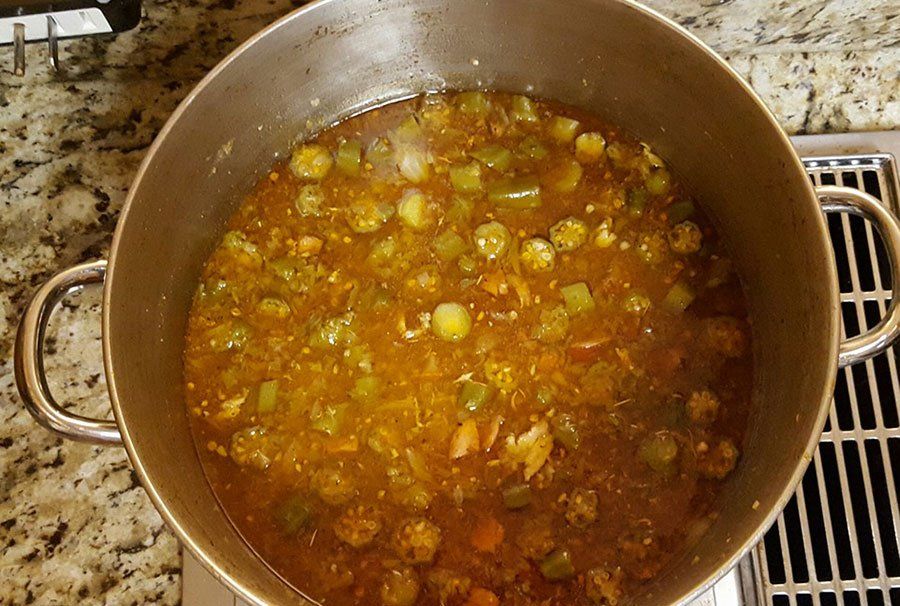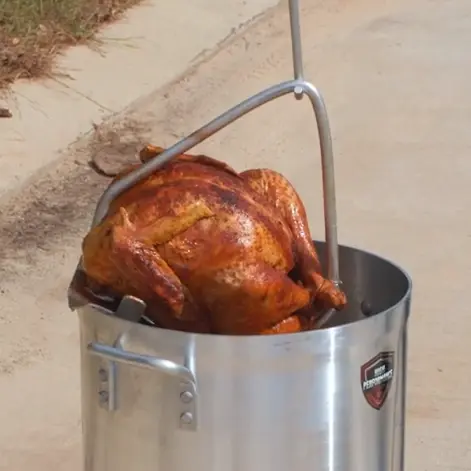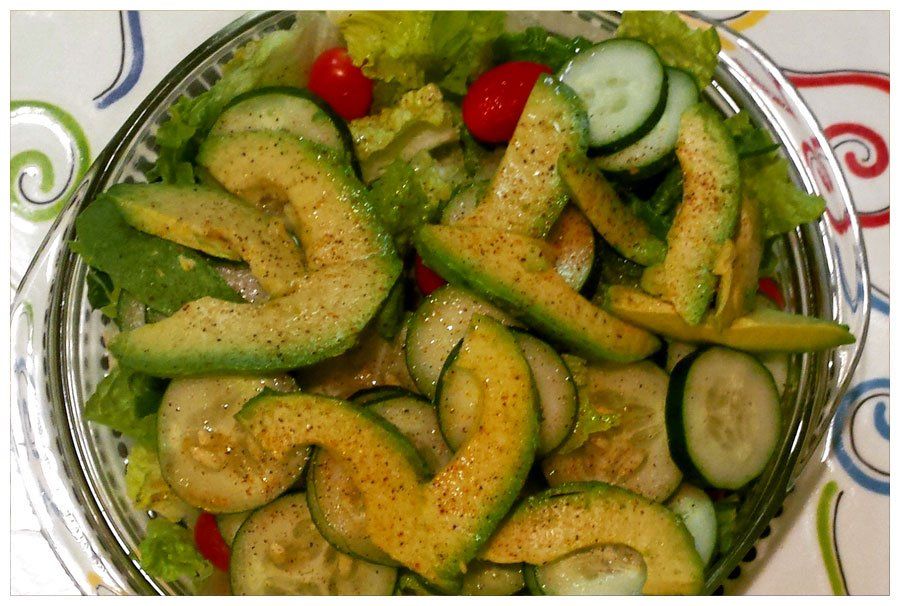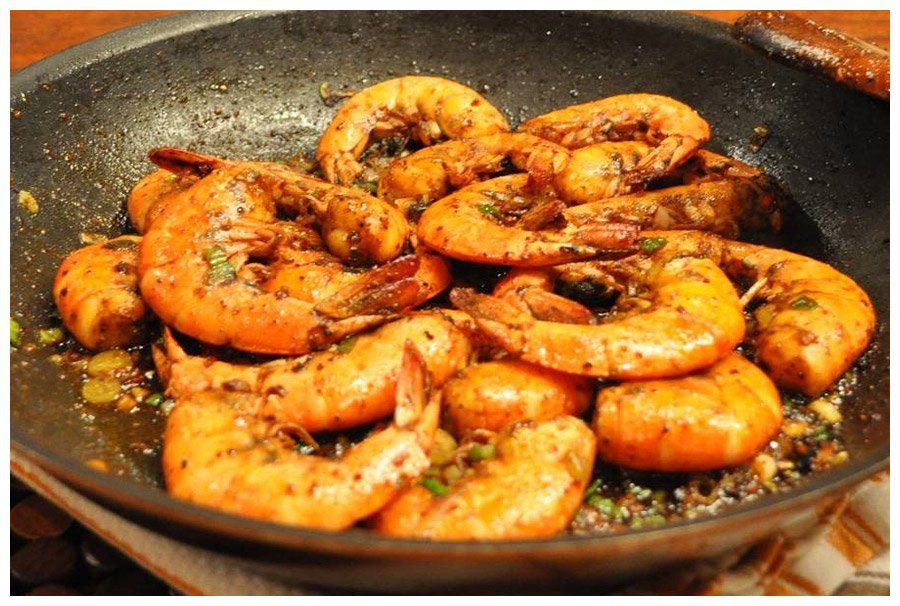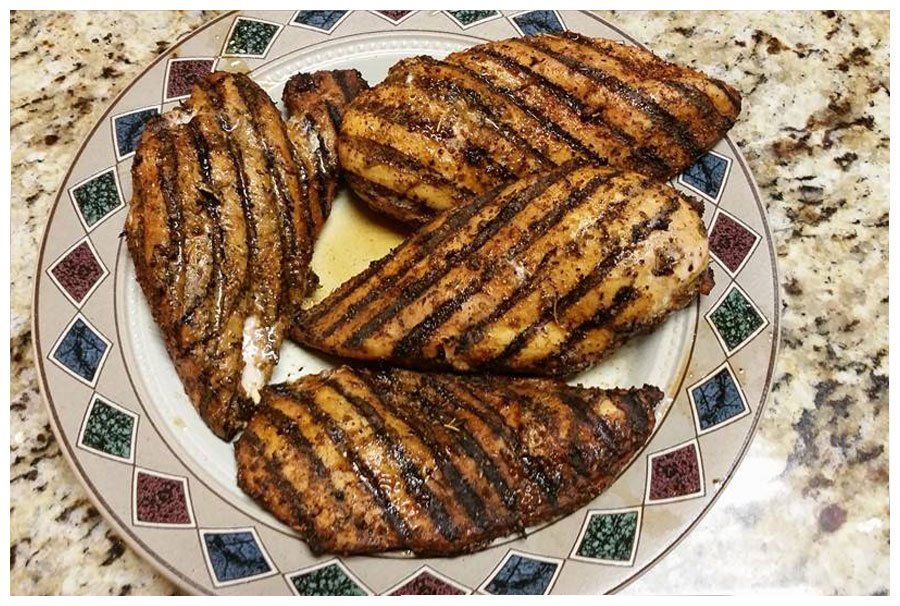Recipes & How-to Videos
The Perfect Crawfish Boil
Geaux Gumbo
Fried Turkey 101
Written by Jay Meral
As Thanksgiving approaches, home cooks across the country are gearing up for their big meal, including a perfectly fried turkey for many. If you're thinking about taking your holiday dinner to the next level with a deep-fried turkey, you're in the right place. Fried turkey is a showstopper that results in crispy skin and juicy meat, but timing is everything!
Why Fry a Turkey?
Frying a turkey is a growing Thanksgiving tradition, and for good reason. The result is a bird that's moist on the inside and crispy on the outside. Unlike roasting, which can take hours and may result in dry white meat, frying locks in moisture while creating a golden-brown skin that's irresistible. Plus, the entire process is much faster than oven-roasting, giving you more time to enjoy the holiday festivities.
But before you begin, it's important to understand how long to fry a turkey so you don't undercook or overcook this holiday centerpiece.
Turkey Frying 101: What You Need to Know
Before diving into the timing, let's cover the basics of turkey frying. Knowing what to expect will help you manage your time and ensure the best possible outcome.
Equipment You'll Need:
- Outdoor turkey fryer: Preferably a propane-powered model.
- Oil: Peanut oil is the most popular option because of its high smoke point, but you can also use canola or vegetable oil.
- Meat thermometer: An essential tool for making sure your turkey reaches the right temperature.
- Turkey fryer kit: Many turkey fryers come with a rack and hook for safely lowering and lifting the bird.
- Protective gear: Heavy-duty gloves, long sleeves, and safety goggles are highly recommended.
The Right Size Bird
Not all turkeys are created equal when it comes to frying. The ideal size for frying is a bird between 12 and 15 pounds. Anything larger can be risky, as it might not cook evenly and could result in dangerous oil spills. Larger turkeys can also take much longer to fry, increasing the risk of overcooking the exterior while undercooking the interior.
How Long to Fry a Turkey: The Golden Formula
Now, on to the main event—how long it takes to fry a turkey. The general rule of thumb is to fry a turkey for 3 to 4 minutes per pound. This means if you have a 12-pound turkey, it will take approximately 36 to 48 minutes to fry, while a 15-pound turkey will take around 45 to 60 minutes.
Quick Reference Frying Times:
- 10-pound turkey: 30-40 minutes
- 12-pound turkey: 36-48 minutes
- 14-pound turkey: 42-56 minutes
- 15-pound turkey: 45-60 minutes
Keep in mind that these times are approximate, and the only way to ensure your turkey is fully cooked is by using a meat thermometer. The turkey's internal temperature should reach 165°F in the thickest part of the breast and 175°F in the thighs.
Setting the Right Oil Temperature
The perfect oil temperature for frying a turkey is 350°F. Preheating your oil to this temperature before lowering the turkey into the fryer is essential. Once you add the turkey, the oil temperature will drop slightly, so keep an eye on it and adjust the heat as necessary to maintain a steady 350°F.
Pro tip: Avoid frying in temperatures below 350°F, as this will result in greasy skin, and avoid exceeding 375°F, as this can cause the turkey to burn on the outside while remaining undercooked on the inside.
How to Fry Your Turkey Safely
While deep frying a turkey results in a delicious meal, it can be dangerous if not done correctly. Follow these safety tips to ensure a safe and enjoyable Thanksgiving.
- Thaw Your Turkey Completely Make sure your turkey is fully thawed before frying. A frozen or partially frozen turkey can cause the oil to splatter, leading to burns or even fires. For a 12- to 15-pound turkey, allow at least 24 to 48 hours of thawing time in the refrigerator.
- Dry the Turkey Thoroughly Before lowering your turkey into the oil, pat it dry with paper towels. Water and oil do not mix well, and any residual moisture can cause dangerous splatters when the bird hits the oil.
- Fry Outdoors Always fry your turkey outdoors, away from structures like your house, garage, or deck. Position your fryer on a flat surface, and never leave it unattended. Keep children and pets away from the fryer to avoid accidents.
- Use Protective Gear Wearing heavy-duty gloves, long sleeves, and safety goggles is crucial when frying a turkey. This will protect you from potential oil splashes and burns.
Pro Tips for a Perfectly Fried Turkey
- Prepping the Turkey Once your turkey is thawed and dried, consider injecting it with a marinade or seasoning it with a dry rub for added flavor. Some people like to inject a mixture of melted butter and herbs directly into the turkey meat for extra moisture.
- Checking the Oil Level Before frying, you need to check how much oil you'll need. The safest way to do this is to place your turkey in the empty fryer, fill it with water until the turkey is submerged, then remove the turkey and mark where the water line is. This is how much oil you'll need. Drain and dry the fryer thoroughly before adding oil.
- Avoiding Overcrowding When lowering your turkey into the fryer, make sure it fits comfortably in the pot. Overcrowding can lead to uneven cooking and, more importantly, dangerous oil spills.
- Resting the Turkey Once your turkey reaches the correct internal temperature, carefully remove it from the fryer and let it rest for at least 20 minutes before carving. This redistributes the juices, ensuring a juicy and flavorful turkey.
- Common Frying Mistakes and How to Avoid Them While frying a turkey isn't complicated, there are a few common mistakes to avoid:
- Using the Wrong Oil Choosing oil with a low smoke point can result in burnt turkey and a smoky backyard. Stick to peanut, canola, or vegetable oil to ensure a crisp, golden skin.
- Overfilling the Fryer Too much oil can lead to dangerous spills once the turkey is added. Always check the oil level before frying.
- Ignoring the Thermometer Using a meat thermometer is the best way to avoid over- or under-cooking your turkey. Frying times are only estimates, so make sure the turkey's internal temperature reaches 165°F before serving.
- Frying in Inclement Weather Wind, rain, and snow can affect your fryer's flame and oil temperature. Make sure you're frying in ideal conditions, or move your setup to a more sheltered location.
Fry Like a Pro with High Performance Cookers
Ready to elevate your Thanksgiving feast? Frying your turkey is not only a time-saver but also delivers unbeatable flavor. With High Performance Cookers, you can make this holiday meal even better. Our consumer and commercial outdoor cookers are designed to give you the best results, whether you're frying, boiling, or steaming. With our high-performance fryers and seafood boil equipment, you can cook better-tasting food quickly, ensuring your holiday meal is unforgettable.
Check out our range of outdoor cookers and supplies. Our equipment will help you serve perfectly fried turkey and other foods so you can focus on what really matters—celebrating with family and friends.
Happy frying, and Happy Thanksgiving!
Deep-Frying a Turkey: Essential Tips for a Perfect Holiday Feast
Red Beans & Rice
Big Easy Pork Chops
Mexican Corn Dip
5 Secrets to a Perfect Low Country Boil Every Time
JuJu Bloody Mary
Bad Ass Baby Backs
Healthy Grilled Chicken
HPC: More Than a Seafood Pot
HPC cookware brings authentic Louisiana flavor and professional performance to your backyard—any time of year.
High Performance Cookers aren’t just for crawfish season—they’re built for year-round Southern cooking. Fabricated by Metal Fab Guys® in Walker, Louisiana, every unit delivers serious heat, precision control, and efficiency for any outdoor meal. Whether you’re frying, boiling, or steaming, these cookers handle it all: seafood classics, poultry, sides, and even desserts.
🦀 Seafood & Southern Classics
- Shrimp & Crab Boil – classic alternative to crawfish with corn, potatoes, and sausage.
- Low Country Boil / Frogmore Stew – shrimp, sausage, potatoes, and corn with Old Bay or Cajun seasoning.
- Oyster Roast – use the steamer basket; oysters steam open in minutes.
- Crab Legs or Lobster Boil – luxury holiday spin on a seafood boil for Christmas Eve or New Year’s.
- Seafood Gumbo Base – boil stock bones or shellfish outdoors for mess-free prep.
🐓 Meats & Poultry Beyond Turkey
- Fried Chicken Family Batch – use the same oil setup, perfect crisp skin for big gatherings.
- Cornish Hens or Quail – mini holiday birds; fry or boil in seasoned broth.
- Duck or Goose – Southern-style alternative holiday birds; deep-fried duck is rich and smoky.
- Pork Tenderloin or Country Sausage Links – great boiled or parboiled before grilling.
🥔 Comfort & Side Dishes Cooked Outdoors
- Boiled Peanuts – slow simmer in Cajun or garlic seasoning; great tailgate snack.
- Mashed Potato or Corn on the Cob Batch Cooking – use steamer insert for big-batch sides.
- Boiled Cornbread Dressing (Cajun-style) – cook cornbread mixture in foil pans over the cooker.
- Winter Vegetable Boil – cabbage, carrots, and red potatoes for a hearty stew base.
🧈 Sweet or Unique Winter Uses
- Hot Apple Cider / Mulled Wine for a Crowd – use stock pot to heat gallons at once for parties.
- Boiled Peaches or Pears in Spiced Syrup – old-fashioned Southern dessert.
- Fried Beignets or Doughnuts – reuse the fryer for sweet treats after the main meal.



